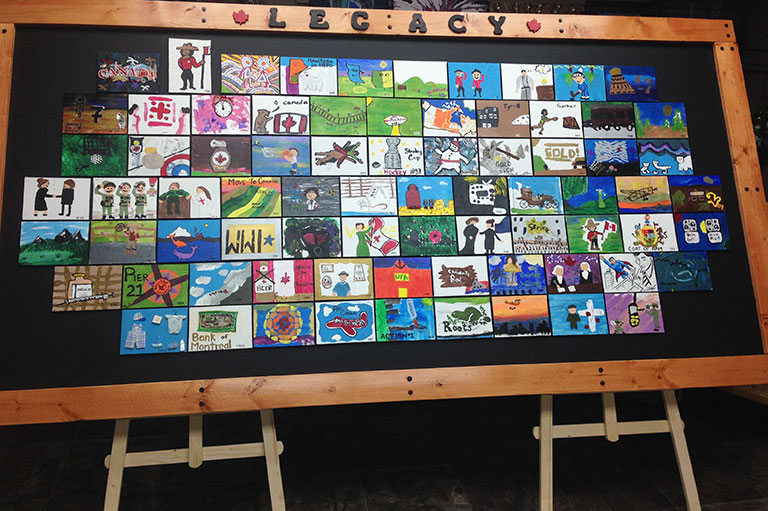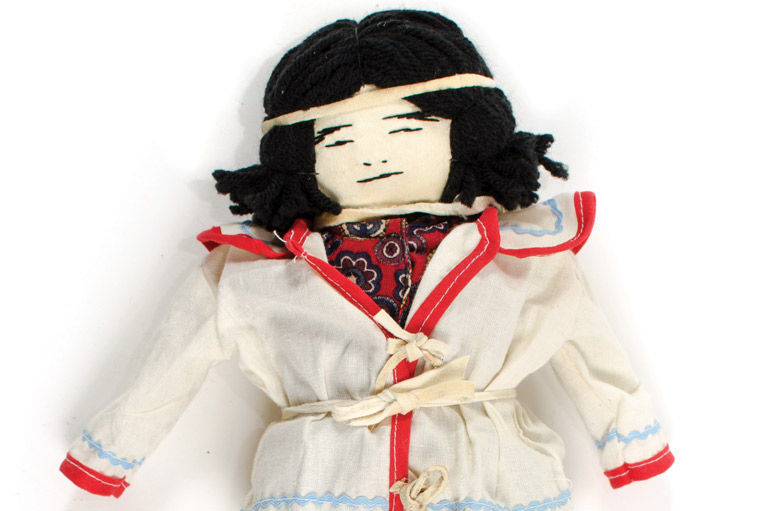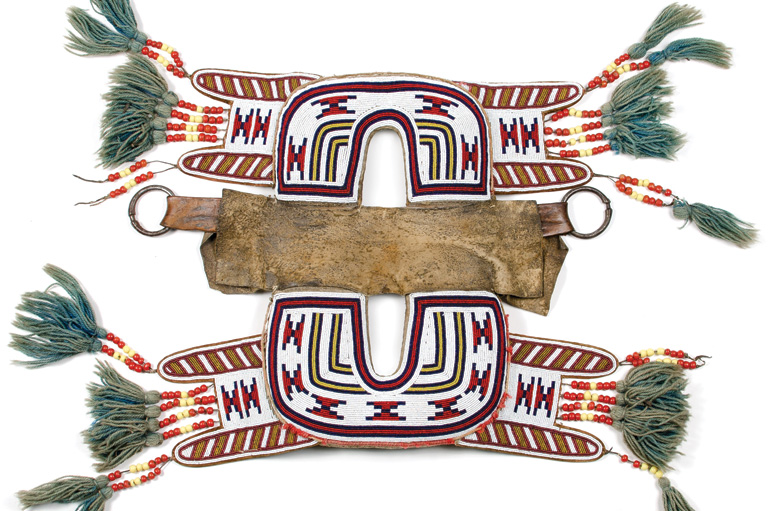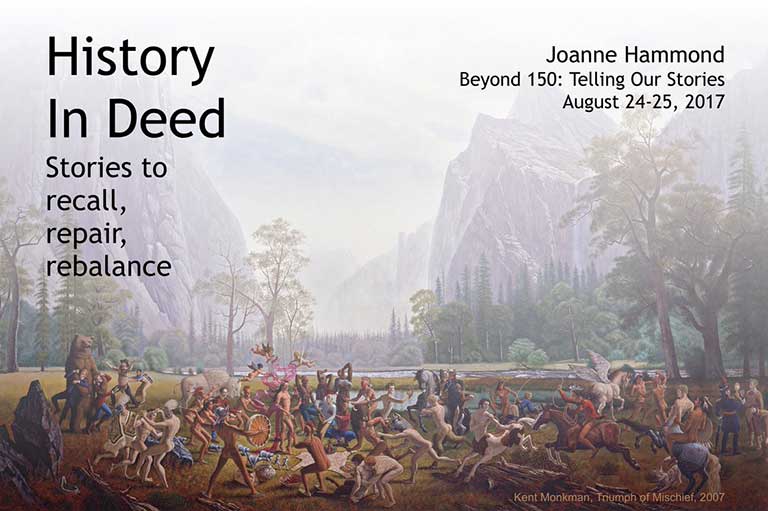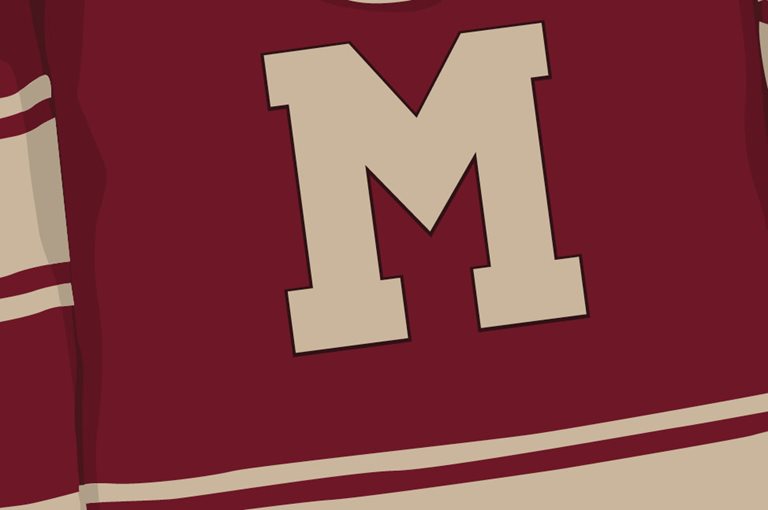Who Decides?
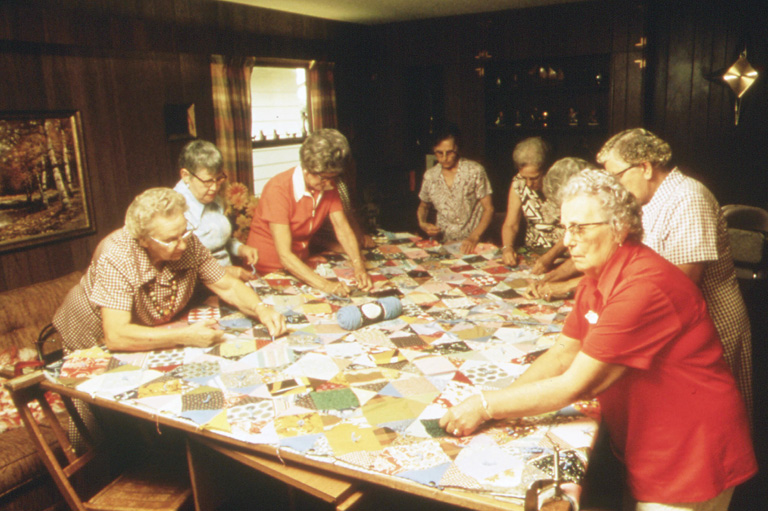
Are quilts art?
Until fairly recently, quilters — nearly always women — used scraps of fabric left over from sewing clothes to create warm and lovely quilts. The patterns range from quite simple to very complicated. Quilting requires a lot of sewing skill and an eye for colour. These days, most quilters buy special fabrics and create everything from traditional bedspreads to fancy wall hangings.
At first glance The Water Quilt, 1970–71, by Joyce Wieland is just a really lovely quilt. But each square is actually a pocket containing a page of a book warning that American business would try to take Canada’s water. The pretty embroidered flowers are accurate portraits of actual Arctic plants, reminding us of what could be lost if we don’t protect our environment.
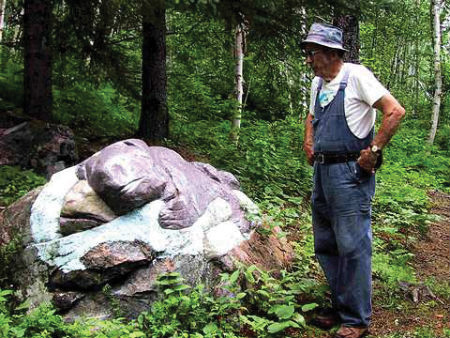
Is wood carving art?
When ordinary people make extraordinary things, their work is often called folk art. After serving in the Second World War and doing many other jobs including chicken farming, driving trucks and growing strawberries Léon Bouchard turned his attention to the natural world around him near Sainte-Hedwidgede- Roberval in Quebec’s Saguenay region. He carved wood and made sculptures using the tree stumps, rocks, roots and other things he found. He called his sculpture garden Le P’tit Bonheur or Happy Hollow.
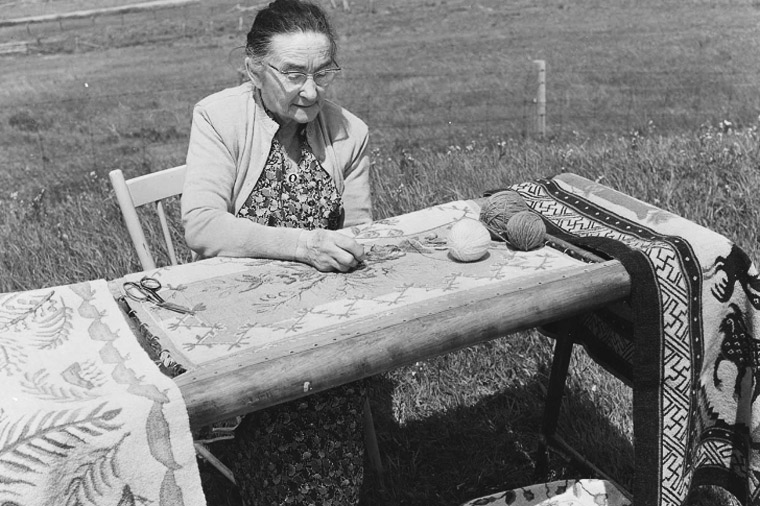
Are hooked rugs art?
Cheticamp on the west coast of Cape Breton Island is the home of some of the most famous hooked rugs around. There’s even a museum about them called Les Trois Pignons. Hooked rugs were first created to use up rags and provide some warmth on chilly floors in early Canada, but spectacular rugs are being hooked to this day in many parts of the country.
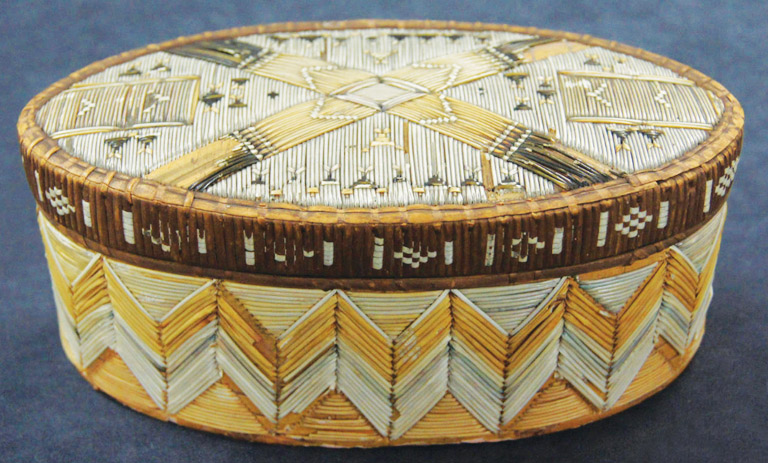
Is quillwork art?
Imagine collecting porcupine quills (ouch!), drying and sorting them and dying them using berries or roots. Then use a sharpened bone to punch holes in leather and sew the quills into gorgeous designs. Sound like a lot of work to make something pretty? Well, First Nations and Metis people have done quillwork for hundreds and hundreds of years. They decorated baskets, boots, vests, hats, leggings, shirts and more. Many talented people still do this difficult quillwork to continue their heritage and create beautiful, meaningful things.
With 7 uniquely curated newsletters to choose from, we have something for everyone.
We hope you’ll help us continue to share fascinating stories about Canada’s past by making a donation to Canada’s History today.
We highlight our nation’s diverse past by telling stories that illuminate the people, places, and events that unite us as Canadians, and by making those stories accessible to everyone through our free online content.
Canada’s History is a registered charity that depends on contributions from readers like you to share inspiring and informative stories with students and citizens of all ages — award-winning stories written by Canada’s top historians, authors, journalists, and history enthusiasts.
Any amount helps, or better yet, start a monthly donation today. Your support makes all the difference. Thank you!
Themes associated with this article
Advertisement
You might also like...
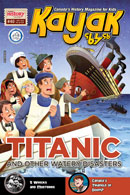
Canada’s History Archive features both English and French versions of Kayak: Canada’s History Magazine for Kids.

